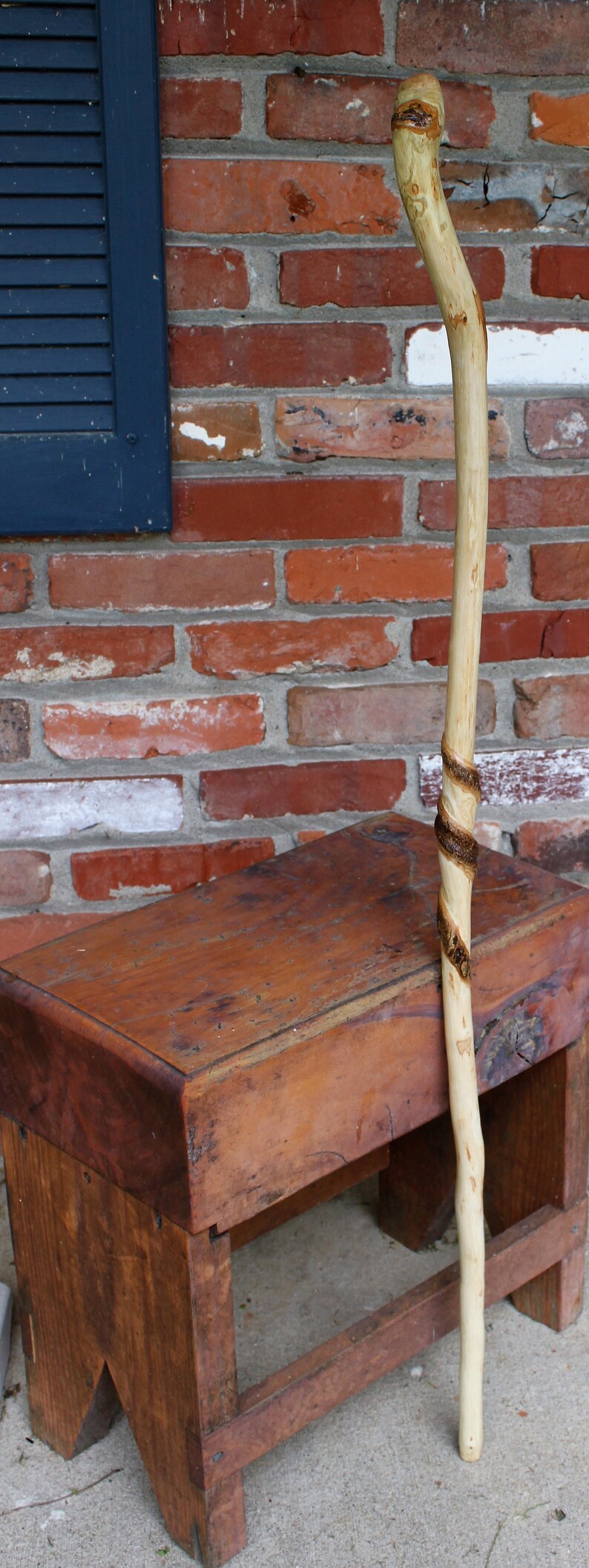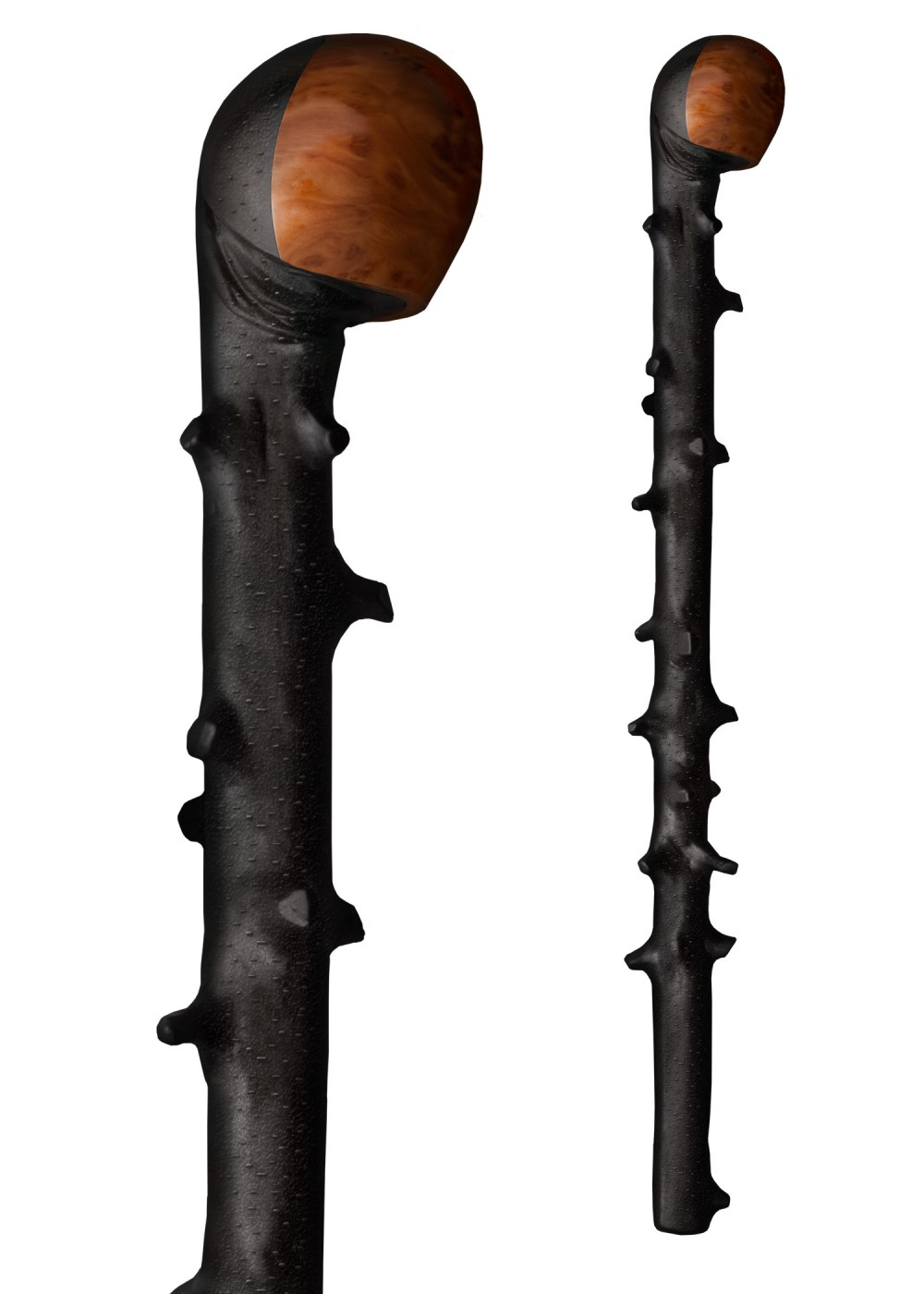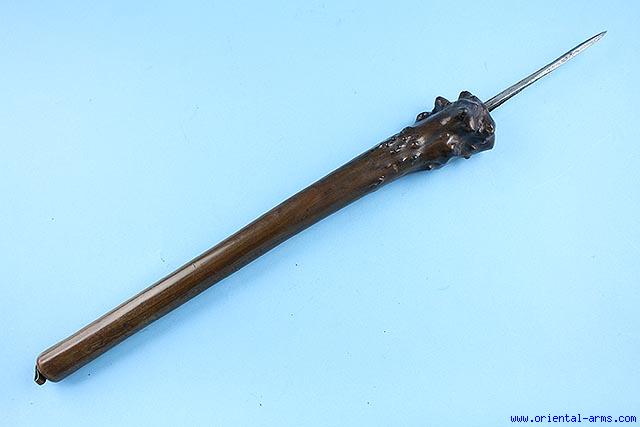

Everett’s purpose is to show that the real story is far more complex: ‘The history of Irish woods is replete with uncertainties, misapprehensions and elements of paradox’, and he poses the question ‘… when was the country denuded of its forests and who was chiefly responsible?’ He challenges the persistent belief that Ireland’s woods owed their decline to deliberate destruction by the English, the view that Ireland ‘was covered in trees until the English came and cut them down’. The main theme of Everett’s scholarly and comprehensive work is a much larger one, however, than the straightforward story of the management and exploitation of Irish woods before 1800.

Wicklow, were exploited over the centuries in the seventeenth century beams from Shillelagh were used in the re-roofing of Dublin’s St Patrick’s Cathedral.

Irish timber was important for shipbuilding, and items such as ‘oars, oar-blades, hoop staves, poles, laths, beams, small beams, ingle boards and ship planks’ were shipped from south-eastern ports to the English market. It was used for the roof of Salisbury Cathedral in the thirteenth century, as well as for Canterbury and Exeter cathedrals, and it was exported to the Continent. The great woods that once stretched over Ireland were indispensable resources, sometimes squandered for political or economic reasons, sometimes carefully husbanded.Īs Nigel Everett recounts in The woods of Ireland: a history, 700–1800, Irish timber, particularly oak, was once greatly prized. It was crucial to shipbuilding until the first iron-hulled vessels of the 1800s buildings, even when of stone or brick, needed timber for their roof crucks and beams charcoal fuelled early industry wooden barrel staves were essential for the shipment of a range of commodities bark was requisite for the widespread tanning industry. In these days of steel, concrete and plastic we have forgotten what a fundamental raw mat-erial timber once was. Published in Featured-Book-Review, Issue 5 (September/October 2015), Reviews, Volume 23 Don't miss out on the opportunity to own this unique and remarkable piece of cultural heritage.THE WOODS OF IRELAND: A HISTORY, 700–1800 This versatile piece not only serves as a symbol of Irish culture but also offers reliable support and a sense of connection to the centuries-old history of the shillelagh.Įmbrace the spirit of the Emerald Isle and elevate your personal style with our Authentic Blackthorn Irish Shillelagh – a timeless and treasured accessory that showcases the enduring appeal of traditional Irish craftsmanship. The beautiful natural grain and unique knots of the blackthorn wood give each shillelagh a one-of-a-kind appearance, making it a truly special addition to your collection or a thoughtful gift for someone special. Measuring 20-23+" in length, this handcrafted shillelagh features a sturdy blackthorn wood construction, known for its incredible durability, and comes complete with a functional leather strap for added convenience and style. Experience the rich heritage and authentic craftsmanship of our genuine Blackthorn Irish Shillelagh, a timeless and iconic piece that captures the spirit of Irish tradition.


 0 kommentar(er)
0 kommentar(er)
